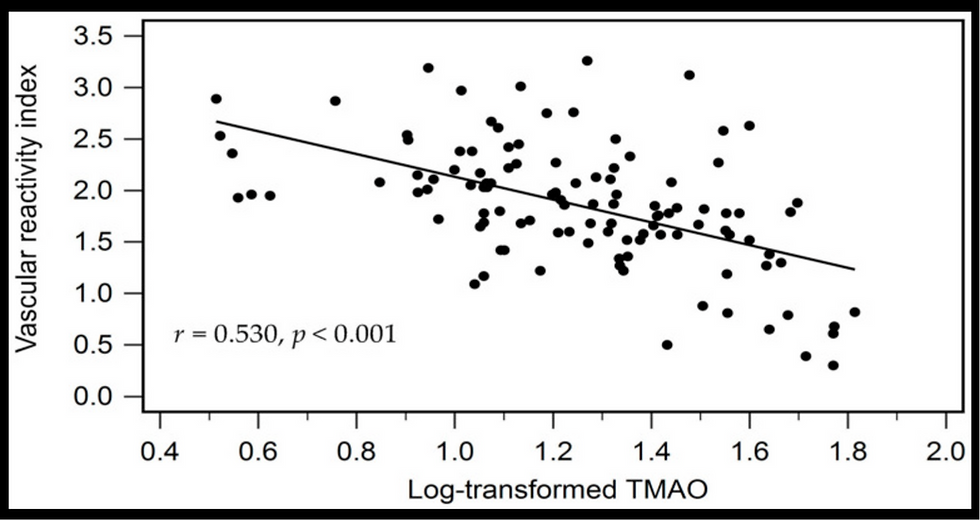Microvascular Disease and Small-Vessel Disease: The Nexus of Multiple Diseases of Women
- heartlung
- Jan 16, 2023
- 2 min read

J Womens Health (Larchmt). 2020 Feb 19.
Microvascular Disease and Small-Vessel Disease: The Nexus of Multiple Diseases of Women.
Patel H1, Aggarwal NT2, Rao A1, Bryant E3, Sanghani RM1, Byrnes M4, Kalra D1, Dairaghi L3, Braun L5, Gabriel S6, Volgman AS1.
Author information
1 Department of Cardiology, Rush Medical College, Rush University, Chicago, Illinois.
2 Department of Neurological Sciences, Rush Alzheimer’s Disease Center, Rush Medical College, Rush University, Chicago, Illinois.
3 Rush Medical College, Rush University, Chicago, Illinois.
4 Clinical Nursing, Rush Medical College, Rush University, Chicago, Illinois.
5 Rush College of Nursing and Medicine, Rush University, Chicago, Illinois.
6 Department of Rheumatology, Rush Medical College, Rush University, Chicago, Illinois.
Abstract
Microvascular disease, or small-vessel disease, is a multisystem disorder with a common pathophysiological basis that differentially affects various organs in some patients. The prevalence of small-vessel disease in the heart has been found to be higher in women compared with men. Additionally, other diseases prominently affecting women, including heart failure with preserved ejection fraction, Takotsubo cardiomyopathy, cerebral small-vessel disease, preeclampsia, pulmonary arterial hypertension (PAH), endothelial dysfunction in diabetes, diabetic cardiomyopathy, rheumatoid arthritis, systemic lupus erythematosus, and systemic sclerosis, may have a common etiologic linkage related to microvascular disease. To the best of our knowledge this is the first article to investigate this potential linkage. We sought to identify various diseases with a shared pathophysiology involving microvascular/endothelial dysfunction that primarily affect women, and their potential implications for disease management. Advanced imaging technologies, such as magnetic resonance imaging and positron-emission tomography, enable the detection and increased understanding of microvascular dysfunction in various diseases. Therapies that improve endothelial function, such as those used in PAH, may also be associated with benefits across the full spectrum of microvascular dysfunction. A shared pathology across multiple organ systems highlights the need for a collaborative, multidisciplinary approach among medical subspecialty practitioners who care for women with small-vessel disease. Such an approach may lead to accelerated research in diseases that affect women and their quality of life.
KEYWORDS:
cardiovascular disease; coronary perfusion reserve; microvascular disease; microvascular dysfunction; small-vessel disease; women

![Lipoprotein(a) levels predict endothelial dysfunction in maintenance hemodialysis patients: evidence from [VENDYS] vascular reactivity index assessment](https://static.wixstatic.com/media/dac531_5285607cc591409a9d83746f042af7c6~mv2.png/v1/fill/w_980,h_980,al_c,q_90,usm_0.66_1.00_0.01,enc_avif,quality_auto/dac531_5285607cc591409a9d83746f042af7c6~mv2.png)


Comments